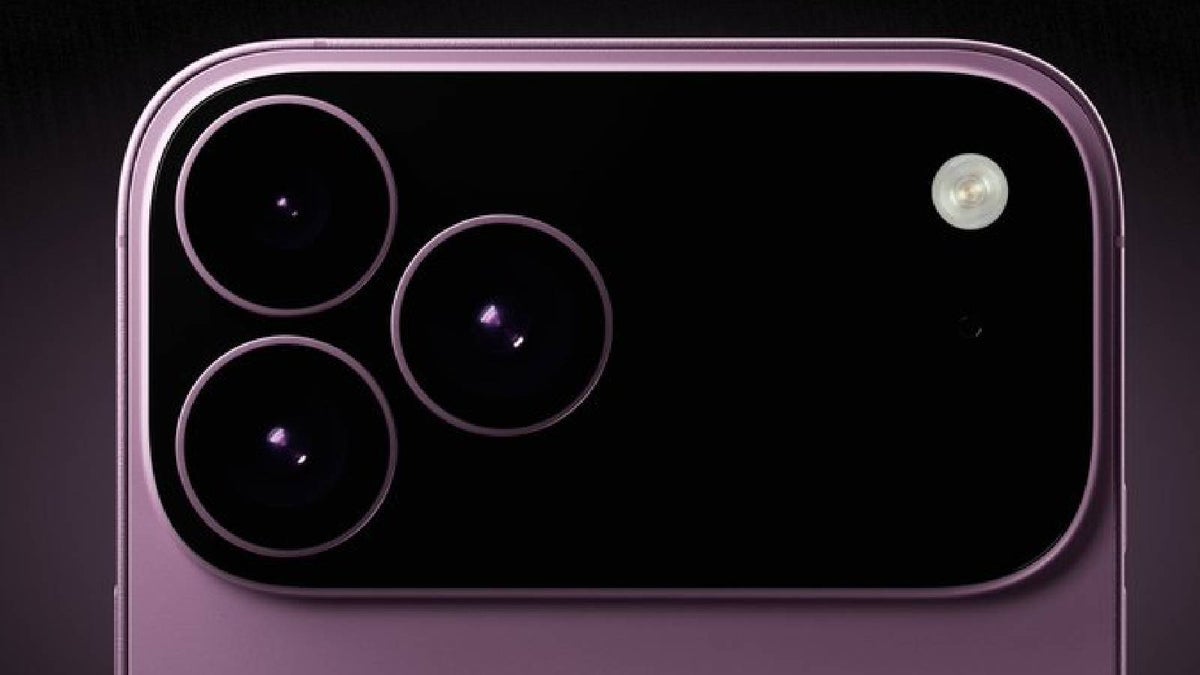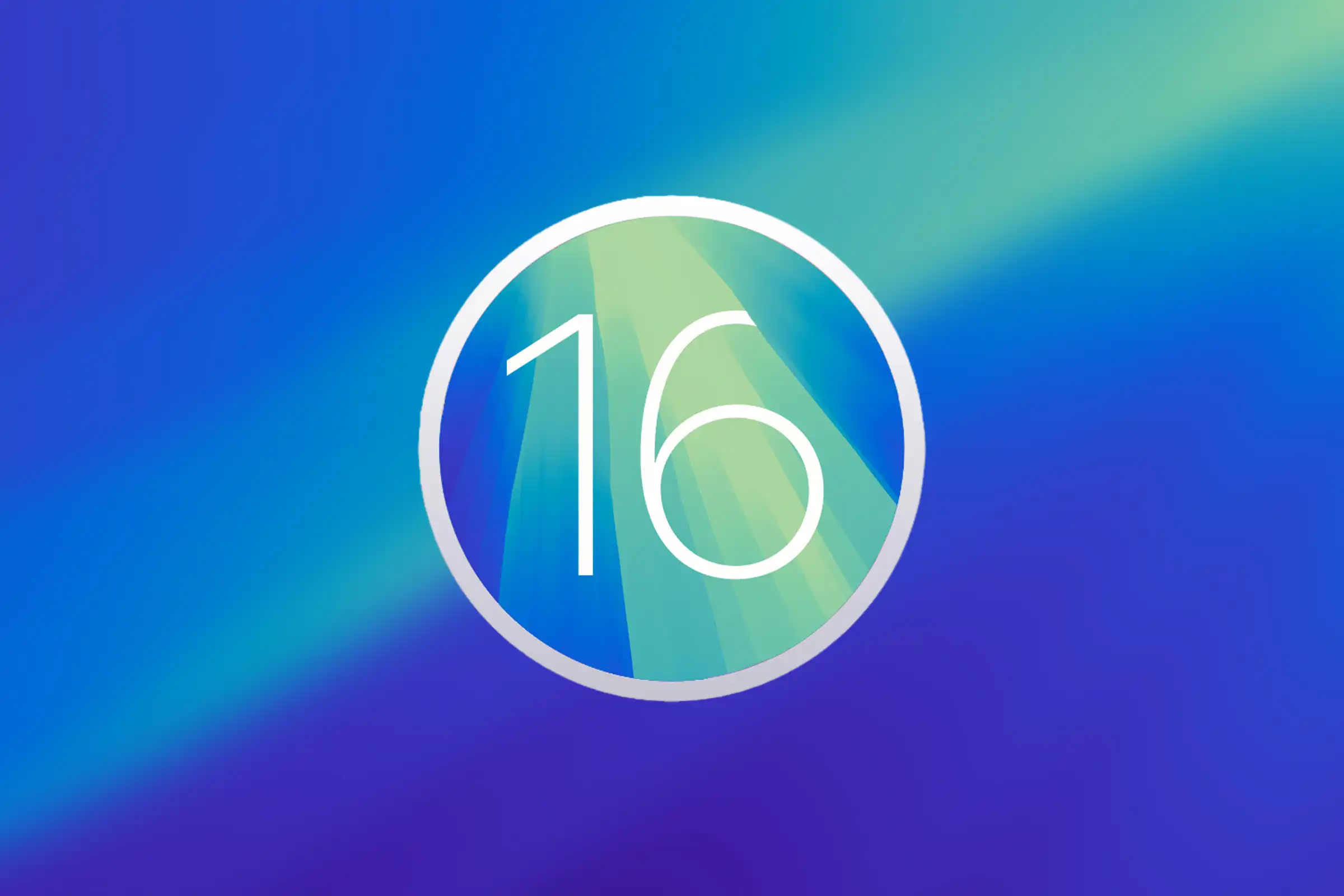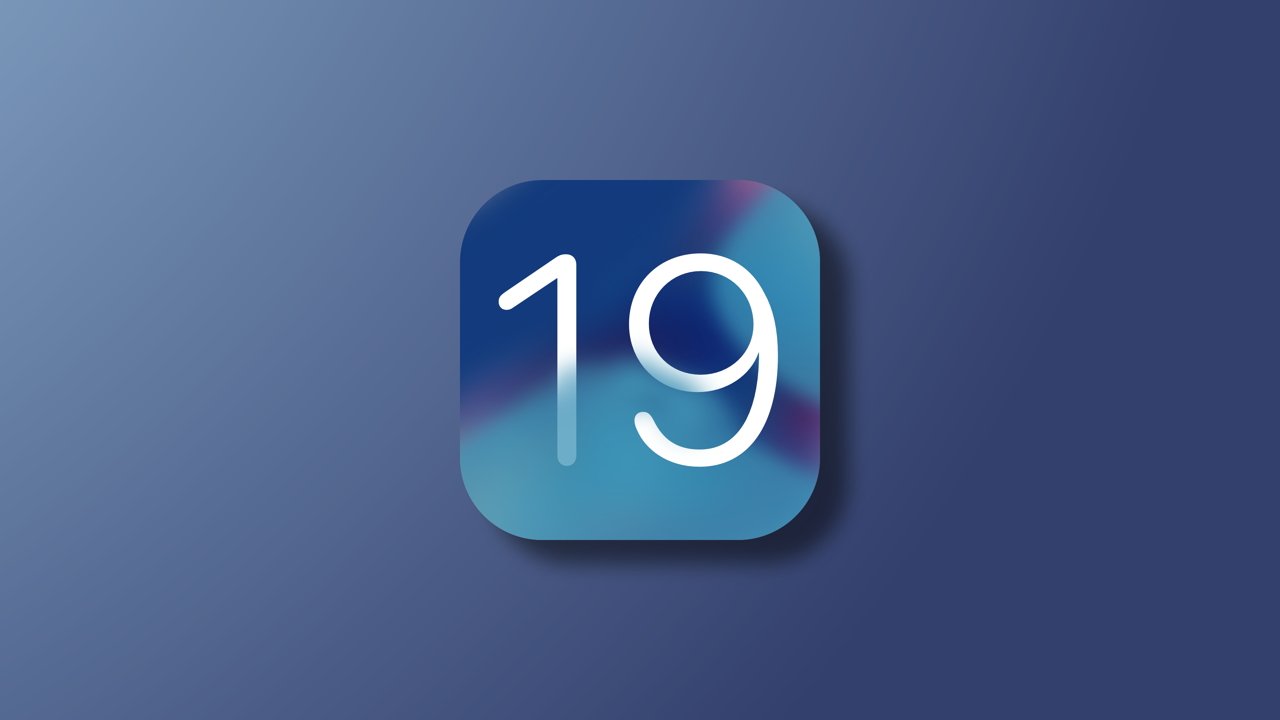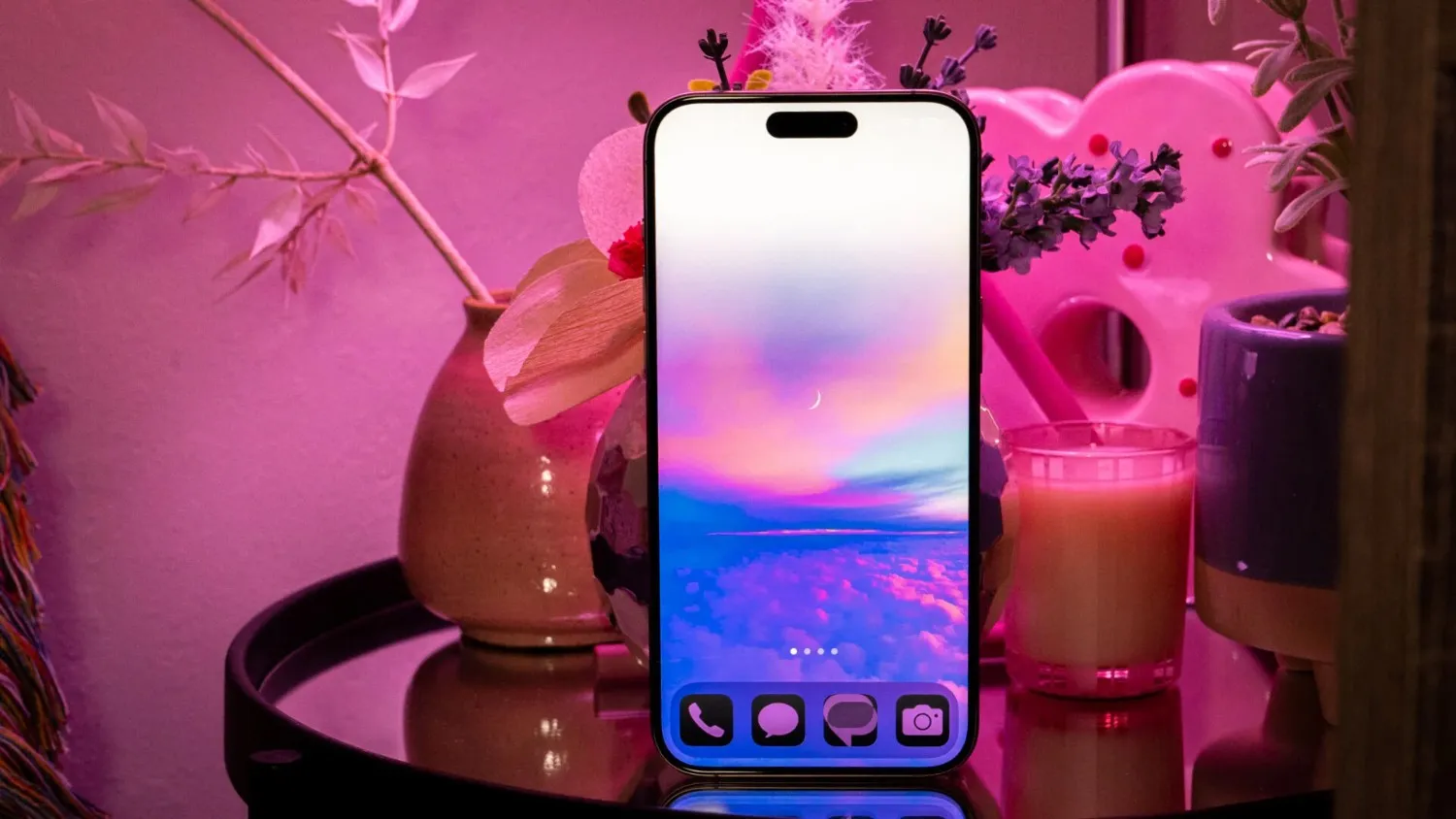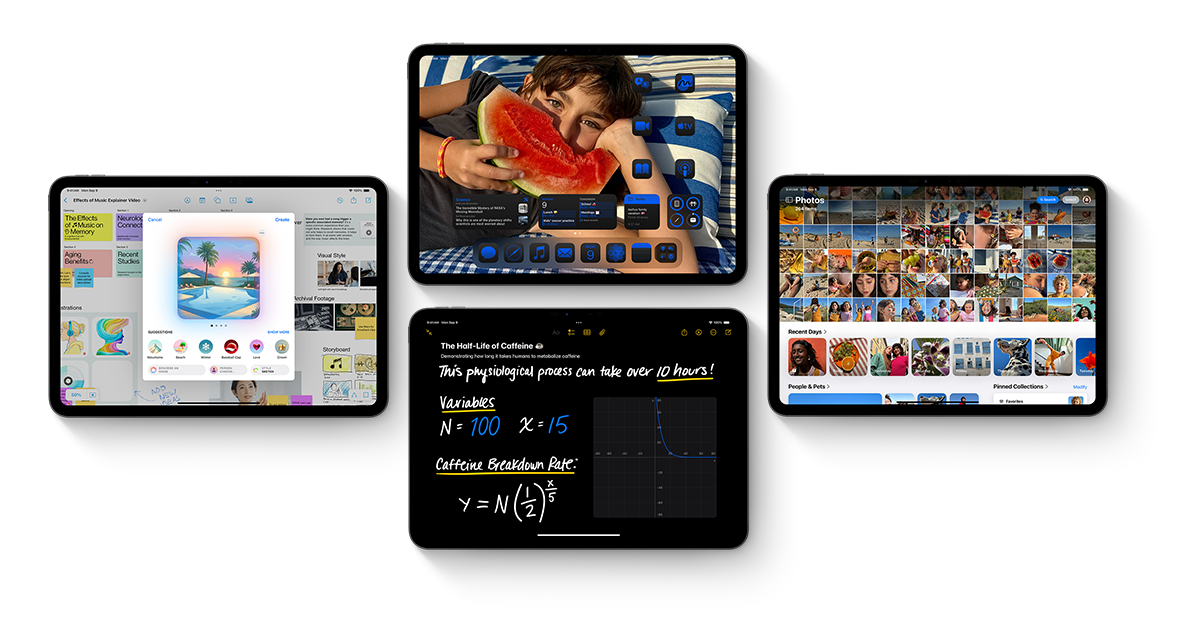New audio products from Apple are planned for the current year and then 2026 as well. Sources say that the next generation AirPods Max will likely be available by the end of 2025. Most likely, the emblem will have the same design as the last one, while embracing lighter colors, having a USB-C port and offering better performance.
At the same time, Apple is designing new versions of its regular AirPods as well. According to rumors, a new model of AirPods is set to launch this September. There are going to be two versions of these earbuds: active noise cancellation and non-active noise cancellation. Both iPhones will possibly include a new case and speakers for the Find My feature, along with a USB-C charging port.
We are not likely to see a new AirPods Pro until 2026. Apple intends to make the design sleeker and add new amenities for that model, especially for its health features.
Apple-owned Beats is also working on the next Powerbeats Pro model. Just recently, the prototype was seen showing a transparent design. The improved version of Powerbeats Pro will supposedly be released soon, offering better battery and presenting new additions, while keeping the cable that wraps around the back of your ear for a good workout fit.
Apple is set to give its current audio range a major upgrade during the next year and a half. If you like AirPods or Beats, many delights are coming your way.

